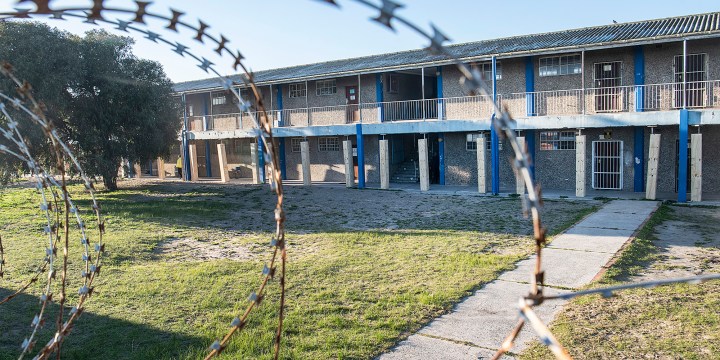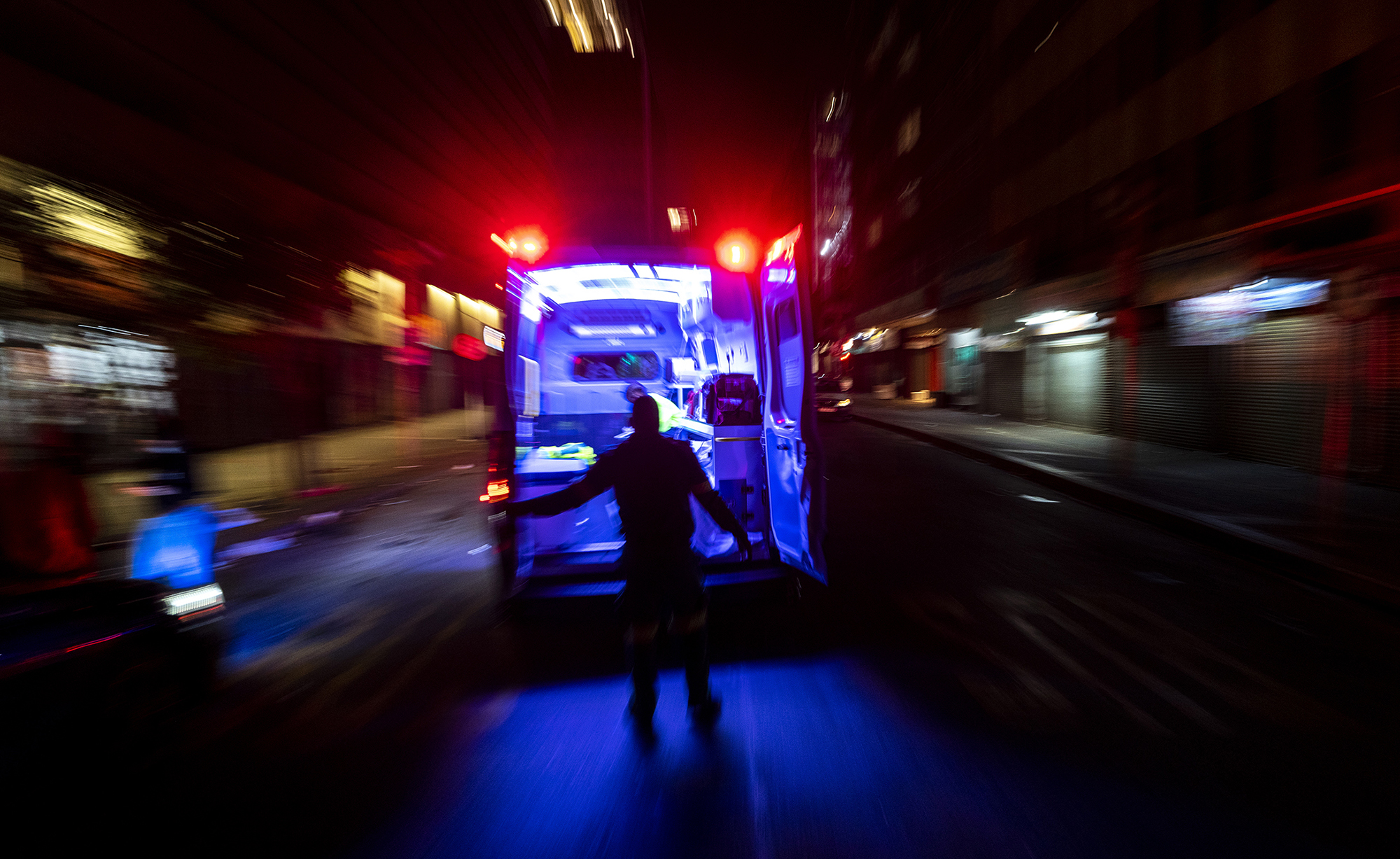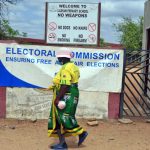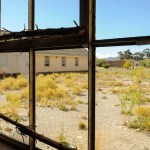SOLUTIONS ACTIVISM OP-ED
Are safer schools and health facilities possible in unsafe South African communities?

As we start a new year full of optimism but with some trepidation given the challenges faced in the past few years, as reflected in the quotes below, we ask: what will it take to make our schools and clinics safe spaces?
‘Durban – KwaZulu-Natal Department of Education MEC Mbali Frazer has condemned the attack and robbery of pupils and teachers who were conducting an overnight study session at Georgetown High School in Pietermaritzburg on Saturday.”
“Cape Town – For almost two weeks, the Mzamomhle local clinic in Browns Farm, Philippi, has been closed after two suspects pretending to be patients robbed security guards at gunpoint and attempted to take medication.”
“Paramedics were held hostage in Mpumalanga on Sunday while the ambulance they were using was stripped of its engine, gearbox, battery, and tyres. According to police, seven people hatched a plan to pretend that a woman was in labour on a farm in Spitzkop Road, Belfast, and that she needed medical care.”
These are some of the headlines in news outlets reporting during 2022 highlighting that learners, educators, patients and health workers are not safe while at school nor while seeking health services. The responses that one typically receives from the two departments are reflected in the following:
“The Department (of Basic Education) will continue in earnest to protect the rights of all children in schools. The success of these efforts relies largely on collective efforts of parents and communities to work together with schools to ensure that all children are safe and realise their full potential in school.”
“Today Minister Dr Nomafrench Mbombo, Minister Dan Plato and Alderman JP Smith outlined key interventions to improve safety for Emergency Medical Services (EMS) staff. While safety remains the primary responsibility of the SAPS and the national Minister of Police, the whole-of-society is required to create safe environments which enable people to access the healthcare they require.”
Such reports and the responses from the departments of Basic Education and Health beg the question: can schools and clinics, and by extension learners, school personnel, patients and health workers, be safe in unsafe communities?
The Western Cape’s response – to call for a whole-of-society response – is partly accurate but the safety of clinics and their patients cannot be guaranteed if the safety of communities cannot be guaranteed. So, what does a whole-of-society response to personal safety mean?
A whole-of-society approach to safety allows the most vulnerable in society to feel safe in their homes, in their communities and in the institutions within these communities such as schools, clinics and recreation spaces. Personal safety is a human right and guaranteed by our Constitution, which means the state is obliged to ensure the safety of people in all communities, especially that of the poor – given that the upper classes appear to be able to provide their own security in the suburbs.
The United Nations suggests that there are four critical inputs to safe environments: engagement, regulation, enforcement and resilience. These measures require partnership and collaboration at local level; a focus on local challenges and solutions; and strengthened capacity of local and other levels to take action.
These appear to be logical steps to enhance social cohesion in communities and should be the responsibility of local municipalities and ward councillors working closely with local communities. However, in South Africa, the spectre of significant inequality, poverty and unemployment bedevils attempts to make communities safe.

Alfeus Mngomezulu closes his ambulance door while Basetsana Maleke tends to a patient in the Johannesburg CBD. (Photo: Shiraaz Mohamed)
Action by local communities most recently at the height of the Covid-19 pandemic illustrated that local action in the face of adversity is possible when faced with a common adversary. While the threats posed by the recent Covid-19 pandemic unified many communities and enabled them to act in unison, it is not immediately clear if communities will act in unison to protect each other and local public institutions because there are many reasons that crime is higher in some communities, including poverty, inequality, unemployment, lack of physical structure and social cohesion as well as availability of recreational facilities.
Solutions to a violent society
There have been many theories for why South Africa is such a violent society. Clearly our colonial and apartheid past must bear significant responsibility and more recently the growing inequality in society and the inability of successive governments since 1994 to rapidly close gaps and meet the legitimate expectations of millions of South Africans who have not benefited from the democracy that so many struggled and died for, including proper housing and human settlements.
These points have been made many times over. Now is the time for solutions.
Calls for moral regeneration and an end to gender-based violence have been made many times. We have had 16 days of no violence against women and children since 1998 with little impact, if the latest reported data on women and children who are killed daily are any indication. This is despite many prescriptions by local and international organisations for what is needed to stem the tide.
Read in Daily Maverick: “Gender-based violence and femicide is a 365-day-a-year issue”
No lesser structure than the National Planning Commission has pontificated on the need for safer communities. The commission correctly notes: “Personal safety is a human right (and is a necessary condition for human development, improved quality of life and enhanced productivity) and promises that by 2030, people living in South Africa will feel safe at home, school and at work, and will enjoy a community life free of fear.”
But how will this seemingly impossible task be achieved?
The commission offers a four-point plan that includes: strengthening the criminal justice system; professionalising and demilitarising the police service; strengthening safety in rural areas; and improving rehabilitation and recidivism among criminals.
These top-down prescriptions may be necessary but are clearly not sufficient – even if they are implemented with the necessary urgency and resources. Where is the focus on reducing inequalities between genders as well as between the rich and poor? Where is the focus on the participation of women and young people in initiatives to strengthen community safety? Young people are the next generation of leaders and can make an important contribution to safety in schools, their homes and their communities.
Visit Daily Maverick’s home page for more news, analysis and investigations
The role of communities and community-based organisations in combating crime was fleetingly mentioned in the ANC’s 2023 January 8 statement in calling on communities to “partner with the police and law enforcement agencies to create safer and more secure communities through effective and well-resourced community policing forums and community patrollers”.
This call assumes that community policing forums will be well resourced and that this alone is sufficient to make communities safer. While the statement acknowledges that patriarchy contributes to sexual and gender-based violence, the only solution offered is a call for partnerships, including between traditional leaders and a range of organisations to deal with this fundamental issue. One would like to know what specific approaches will be undertaken in partnering with traditional leaders and men to address patriarchy.
There are examples of how to increase the agency of communities or groups within communities to enable them to take action to make communities safer. These examples include the SASA! Activist Kit for Preventing Violence against Women and HIV community intervention in Uganda, the Youth for Safer Communities project in schools in the Eastern Cape, and Stepping Stones which focused on the use of critical thinking to change gender norms in rural and urban communities in South Africa and Uganda.
Read in Daily Maverick: “What’s behind violence in South Africa: a sociologist’s perspective”
These and other programmes focus on community mobilisation and participation in empowering groups within communities to understand their contexts and take action. What is needed is the political will and the resources to take such programmes to scale.
Unless South African leaders at all levels are serious about reducing inequities and the power imbalance between the genders, prescriptions such as those offered by the National Planning Commission and those in the January 8 statement will continue to be inadequate. Local communities and their leadership should be at the heart of practical solutions to make communities and the institutions within them safer with support from activists, community-based organisations with concrete support in the form of resources from local, provincial and national government.
It will take safer communities to have safer schools and clinics: a decoupling of communities from its institutions is not possible. DM/MC
Yogan Pillay is extraordinary professor at Stellenbosch University (Division of Public Health and Health Systems); Vishay Pillay is a Grade 11 student in Tshwane.


















“Unless South African leaders at all levels are serious about reducing inequities” – is there any evidence that government ministers and officials are serious about anything others than lining their pockets, holding on to power and making excuses?